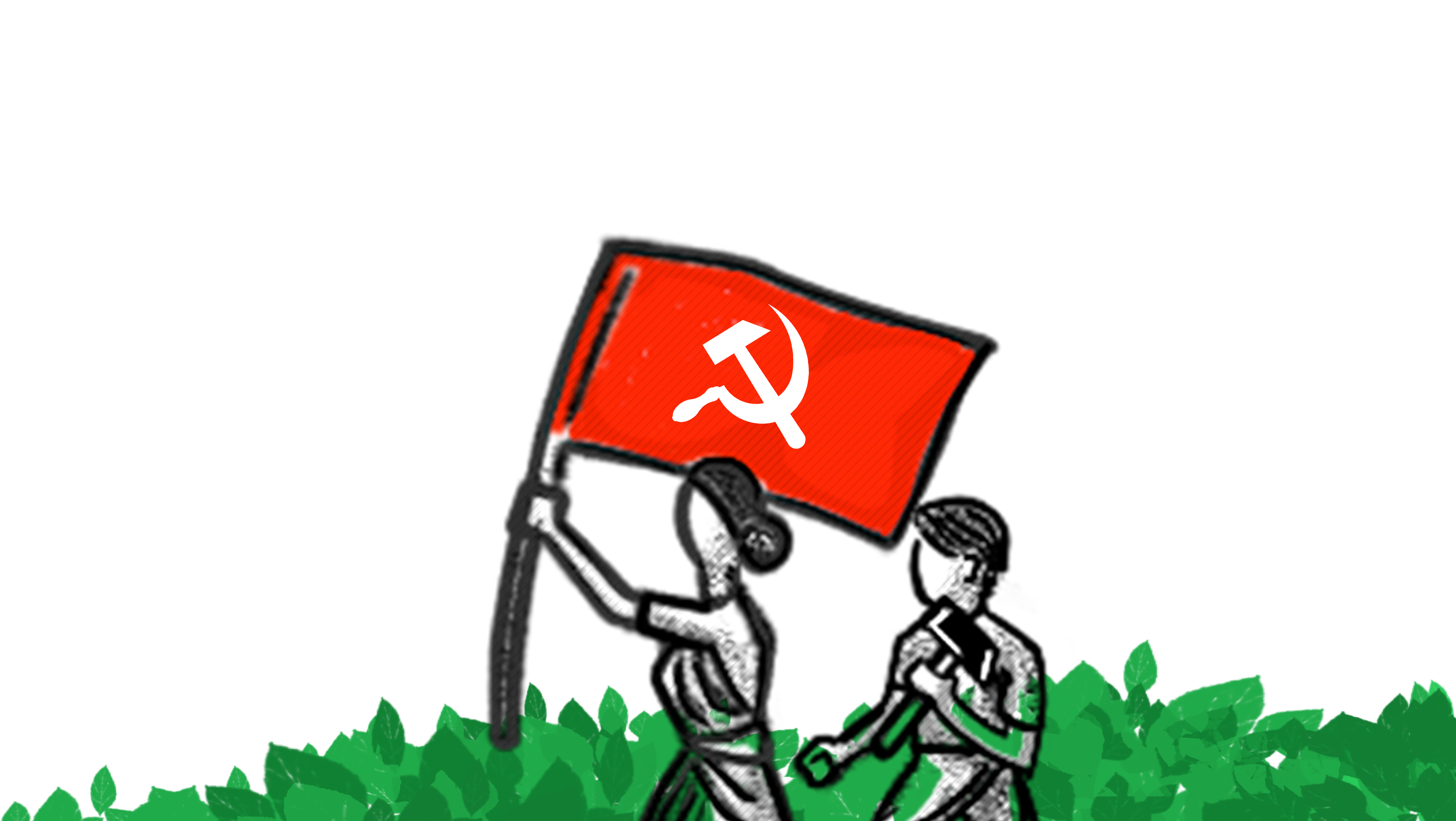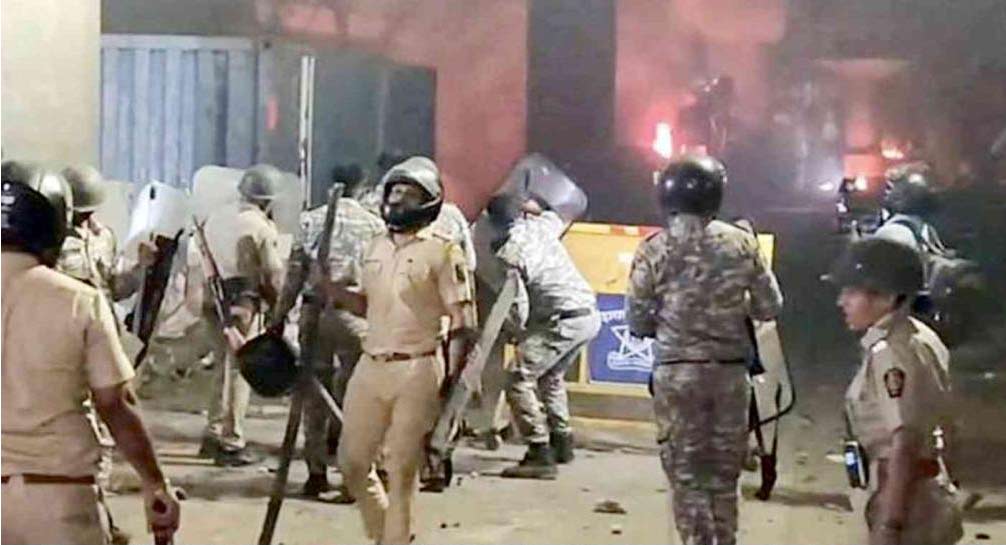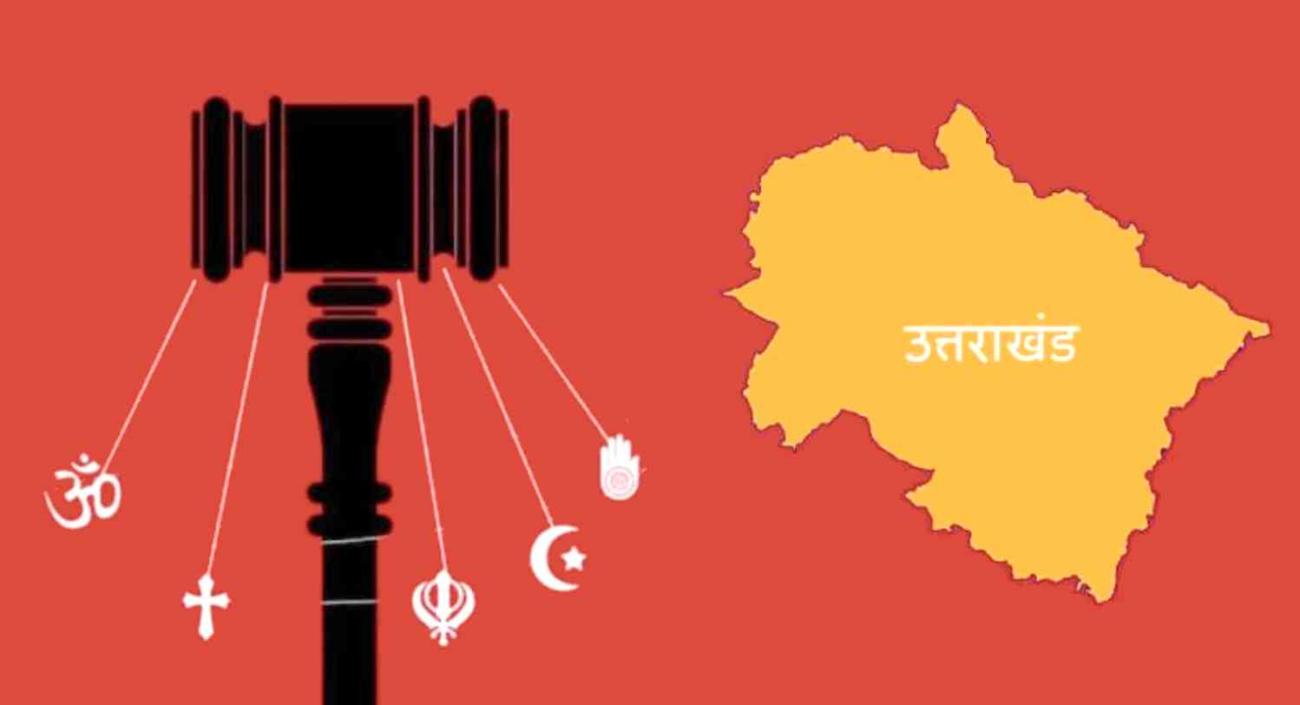Prior to Shaikhs murder, and after it, workers of several Hindutva outfits including the HRS, Shiv Sena and the BJP rioted in Pune for several days over some derogatory morphed photographs of Shivaji and ex-Shiv Sena chief Bal Thackerey that were posted on Facebook, as it turned out, by a Hindu masquerading as a Muslim. Buses were burnt, public property and private vehicles damaged, shops shut down and the minority community attacked. Mosques, madrassas, graveyards and Muslim shops and homes were vandalized by mobs on a rampage. The then Gujarat chief minister Narendra Modis sinister invocation of the so-called action-reaction theory to justify the Gujarat killings of 2002 had a second coming as Anil Shirole, the BJP MP from Pune, justified the violence as natural repercussions that were bound to follow in the wake of the alleged humiliation of Hindutva icons like Shivaji and Thackeray.
The manner in which the Pune violence and killing were incited in the run up to the Assembly elections in Maharashtra has uncanny parallels with the instigation of communal tension in Bangalore (affecting the migrant workforce of the North-East) and Muzaffarnagar. In both cases, fake videos/text messages circulated by unknown persons were used to spread rumours loaded with communal rhetoric, leading to community exodus in the former case and riots in the latter. Harvests of communal polarisation were sought to be reaped in the ensuing elections.
The Maharashtra Police has registered close to two hundred rioting cases and arrested over seven hundred miscreants belonging to various radical Hindu outfits; but questions remain whether those guilty of riots and Mohsins killing will be punished. The state polices communal bias in the past is well-documented by the Justice Madon and Justice Srikrishna commissions of inquiry. Justice has eluded the victims of 92-93 Mumbai riots, when most of the accused evaded punishment because witnesses to their crimes, who had earlier given graphic details of riots and lynching of innocents, had later turned hostile in court.
The Pune killing and riots again bring to the fore the role of outfits like the HRS and their regular activities of spreading communal venom and terror. Dhananjay Desai, the HRS chief, had multiple cases registered against him. He had been interrogated in connection with the killing of rationalist Dr. Narendra Dabholkar. His communal hate speeches and writings are all over the internet, defying police notices of restraint. If the morphed Facebook photos were offensive, Desais activities were crimes under the IPC. Yet, action was not taken against him or his outfit for provoking enmity on religious grounds.
The BJP has predictably sought to distance itself from terror acts by the HRS. In a long tradition of denial dating from Nathuram Godses of yesteryears to the Brahmeswar Singhs, Pragya Singh Thakurs, Pramod Muthaliks and Dhananjan Desais of today, the BJP has always sought to deny its links with saffron flag-wielding, unrecognized first cousins of the Sangh Parivar.
As the myth of clean chits and the reincarnation of Modi 2.0 continue to do their rounds on television and print media, one can recall a highly-publicized, seen-as-reconciliatory election speech where Modi said that he wanted to see the Muslim youth with the Quran in one hand and a laptop in the other. As Shaikhs lynching showed, Muslim youth are being targeted on both pretexts. Its increasingly the educated and computer-savvy Muslim youth who are being framed and hunted as terrorists by the state or lynched by thugs in globalised urban enclaves like Pune.
In the wake of Verdict 2014, there is palpable fear and angst among Muslim youth in the country. As thousands of riot victims wait endlessly for justice, thousands of detainees and undertrials languish and face torture in jails on flimsy/unsubstantiated terror charges, as vicious communal rhetoric begins to shape mainstream political and media discourse with constant mischievous references to minority appeasement, votebank politics, love jihad, pink revolution, illegal Bangladeshi immigrants and Pakistani terrorists, the Muslim community is in the throes of a threatening and uncertain future. Refuting this mischievous propaganda and vicious attacks, India must reassure the Muslim youth of its fullest right to live and love, to work and worship in their own country. The insecurity of Muslim youth must become a key concern of todays democratic youth movement.





